Choosing the Right Nail Gun for Fencing: A Handy Guide

When it comes to building a fence, having the right tools is crucial to ensure a successful and efficient installation. One of the most important tools you’ll need is a nail gun. However, with so many options available on the market, it can be overwhelming to choose the right one for your specific needs. This handy guide will help take the guesswork out of selecting the perfect nail gun for your fencing project.
First and foremost, it’s important to consider the type of fencing material you’ll be working with. Different materials require different types of nails and nail guns. For example, if you’re working with softer woods such as cedar or pine, a framing nail gun may be suitable. However, if you’re using harder materials such as oak or pressure-treated wood, a nail gun with higher power and thicker nails is recommended.
Another factor to consider is the size of the nails needed for your project. Nail guns typically accommodate a specific range of nail sizes, so it’s important to choose one that can handle the size of nails required for your specific fence. You should also consider the type of nail head that is best suited for your needs, such as clipped head or full round head.
Additionally, it’s important to consider the power source of the nail gun. There are three main types: pneumatic, corded electric, and cordless. Pneumatic nail guns are powered by compressed air and are known for their high power and speed. Corded electric nail guns offer consistent power but require access to an electrical outlet. Cordless nail guns are powered by rechargeable batteries, providing flexibility but may have less power and require frequent recharging.
By considering the type of fencing material, size of nails, and power source, you can narrow down your options and choose the right nail gun for your fencing project. Remember to also consider factors such as comfort, ease of use, and durability when making your decision. With the right nail gun in hand, you’ll be well-equipped to complete your fencing project with efficiency and precision.
Different Types of Nail Guns for Fencing
When it comes to fencing projects, using a nail gun can save you a lot of time and effort. However, not all nail guns are created equal and choosing the right type for your fencing needs is important. Here are some different types of nail guns that are commonly used for fencing:
1. Framing Nail Gun
A framing nail gun is a popular choice for fencing projects. It is designed to drive large, heavy-duty nails into dense materials such as wood or engineered lumber. This type of nail gun is versatile and can be used for various fencing tasks, including attaching fence panels to posts or framing the fence structure.
2. Brad Nail Gun
If you are working with lightweight fencing materials or need to ensure minimal damage to the wood surface, a brad nail gun could be the right choice. Brad nail guns are designed to shoot thin, small-gauge nails, which are less likely to split the wood. They are ideal for attaching trim pieces, pickets, or thin fence panels.
3. Finish Nail Gun
A finish nail gun is another option for fencing projects that require more precision and a clean, polished look. This type of nail gun drives slightly larger nails than a brad nail gun, providing more holding power. It is suitable for attaching trim, moulding, or decorative elements to the fence.
4. Pneumatic Nail Gun
Pneumatic nail guns are powered by compressed air and are commonly used for fencing projects. They are known for their power and efficiency, making them a popular choice among contractors. Pneumatic nail guns are available in different types, including framing, brad, and finish nail guns, so you can select the one that suits your specific needs.
5. Cordless Nail Gun
If you prefer a more portable option, a cordless nail gun might be the right choice for your fencing project. Cordless nail guns are battery-powered, allowing you to work without being restricted by cords or the need for a nearby power source. They are available in various sizes and can be a convenient option for small to medium-sized fencing projects.
| Type | Benefits | Considerations |
|---|---|---|
| Framing Nail Gun | – Suitable for dense materials – Versatile – Provides strong holding power |
– May be heavy – May be more expensive |
| Brad Nail Gun | – Ideal for lightweight materials – Minimizes wood splitting – Offers precision |
– Requires more nails for strength – Limited holding power |
| Finish Nail Gun | – Provides a clean, polished look – More holding power than brad nail gun |
– Limited to smaller nails – May require pre-drilling in hardwoods |
| Pneumatic Nail Gun | – Powerful and efficient – Available in various types |
– Requires an air compressor – May be heavier and bulkier |
| Cordless Nail Gun | – Portable and convenient – No need for a power source or cords |
– Limited battery life – May not provide as much power as pneumatic gun |
Consider your specific fencing needs, the materials you will be working with, and your personal preferences when choosing a nail gun for your fencing project. Remember to prioritize safety and always follow the manufacturer’s instructions and guidelines.
Pneumatic Nail Guns: The Pros and Cons
Pros
- Powerful: Pneumatic nail guns are known for their high power and ability to drive nails into dense materials with ease. This makes them ideal for fencing projects that require driving nails into tough wooden posts or rails.
- Speed: Pneumatic nail guns are much faster than manual nail guns or hammers. They can drive nails in seconds, significantly increasing the efficiency and productivity of your fence installation.
- Accuracy: Pneumatic nail guns are equipped with precision features such as depth adjustment controls, which allow you to control the depth at which the nail is driven into the material. This ensures a consistent and professional finish for your fence.
- Versatility: Pneumatic nail guns can be used for a wide range of fencing applications, including attaching panels, rails, and pickets. They are also compatible with different types and sizes of nails, giving you flexibility in choosing the right nail for your specific project.
- Reduced effort: Using a pneumatic nail gun requires less physical effort compared to using a manual nail gun or hammer. This can greatly reduce fatigue and strain on your body, allowing you to work for longer periods without discomfort.
Cons
- Cost: Pneumatic nail guns are generally more expensive than manual nail guns or hammers. In addition to the initial cost of purchasing the nail gun, you will also need to invest in an air compressor and air hose, which can add to the overall cost.
- Portability: Pneumatic nail guns require an external air compressor to operate, making them less portable compared to cordless or gas-powered nail guns. This may limit their use in certain fencing situations where access to electricity or an air compressor is not readily available.
- Noise and maintenance: Pneumatic nail guns can be quite loud during operation, which may be a concern if you’re working in a noise-sensitive environment. Additionally, the air compressor and nail gun will require regular maintenance to ensure optimal performance and longevity.
- Initial setup: Setting up a pneumatic nail gun requires connecting it to an air compressor and ensuring the correct air pressure is set. This initial setup may be seen as an inconvenience, especially for first-time users.
Overall, pneumatic nail guns are a popular choice for fencing projects due to their power, speed, and accuracy. However, they may not be the best option for everyone, especially if portability or budget constraints are a concern.
Cordless Nail Guns: The Advantages and Disadvantages
Advantages
- Portability: One of the main advantages of cordless nail guns is their portability. They are not limited by a power cord, allowing you to work in areas without direct access to electricity. This makes them ideal for outdoor projects or remote locations.
- Convenience: Cordless nail guns offer a high level of convenience. They eliminate the need for a compressor and hoses, reducing the setup time and making the tool easy to handle and maneuver. They are also lightweight, reducing operator fatigue during longer projects.
- Flexibility: These nail guns offer greater flexibility in terms of nail size and type. With adjustable depth settings, you can easily switch between different nail lengths and adjust the depth of the nail without changing the compressor settings. This allows for more versatility in your projects.
- Safety: Cordless nail guns often come with safety features such as contact trip locks and sequential firing mechanisms. These features help prevent accidental firing and reduce the risk of injury, making them a safer option compared to pneumatic nail guns.
Disadvantages
- Battery Life: One of the main disadvantages of cordless nail guns is their limited battery life. Depending on the model and battery capacity, you may need to recharge or replace the batteries frequently, which can be time-consuming and add extra costs.
- Power: While cordless nail guns have come a long way in recent years, they still lack the same level of power as pneumatic nail guns. They may struggle with harder woods or thicker materials and may not be as efficient in heavy-duty applications.
- Cost: Cordless nail guns are generally more expensive than their pneumatic counterparts. The initial investment cost can be higher, and ongoing expenses for batteries and chargers should be considered.
In conclusion, cordless nail guns offer the convenience of portability, ease of use, and flexibility, making them a popular choice among both professionals and DIY enthusiasts. However, they do have limitations in terms of battery life, power, and cost. It’s important to consider your specific needs and requirements before making a decision on which type of nail gun to choose for your fencing projects.
Electric Nail Guns: A Practical Choice for Fencing
When it comes to choosing a nail gun for your fencing project, an electric nail gun is a practical and efficient choice. Electric nail guns offer several advantages over their pneumatic counterparts, making them a preferred option among DIY enthusiasts and professionals alike.
Advantages of Electric Nail Guns
- Portability: Electric nail guns are generally more lightweight and compact compared to pneumatic nail guns. This makes them easier to carry around, especially if you’re working on a large fencing project.
- No need for an air compressor: Unlike pneumatic nail guns, electric nail guns do not require an external air compressor. This eliminates the need for additional equipment and makes electric nail guns more convenient to use.
- Easy to use: Electric nail guns are generally easier to use, making them suitable for beginners or those who are unfamiliar with pneumatic tools. They usually have a straightforward design with simple controls, making them user-friendly.
- Less noise: Electric nail guns produce less noise compared to pneumatic ones. This can be beneficial if you’re working in residential areas or noise-restricted locations.
- Wide range of nail sizes: Electric nail guns are compatible with various nail sizes, allowing you to choose the right length and gauge for your fencing needs.
Choosing an Electric Nail Gun for Fencing
When selecting an electric nail gun for your fencing project, consider the following factors:
- Power: Look for an electric nail gun with sufficient power to drive nails into your fence materials. Consider the gun’s voltage and amp rating to ensure it can handle the demands of your project.
- Nail capacity: Check the nail capacity of the gun to ensure it can hold an adequate number of nails. This will help reduce the frequency of reloading, saving you time and effort.
- Ergonomics: Choose an electric nail gun with a comfortable grip and balanced weight distribution. This will help reduce fatigue during long hours of fencing work.
- Safety features: Look for safety features such as a built-in trigger lock or a sequential firing mechanism to prevent accidental firing of nails.
- Brand and warranty: Consider purchasing an electric nail gun from a reputable brand that offers a warranty. This ensures that you have technical support and protection in case of any issues with the tool.
By taking these factors into account, you can find the perfect electric nail gun that meets your fencing needs and makes your project more efficient.
Nail Gun Gauge: What You Need to Know
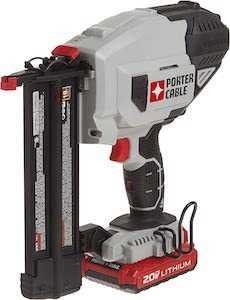
What is Nail Gun Gauge?
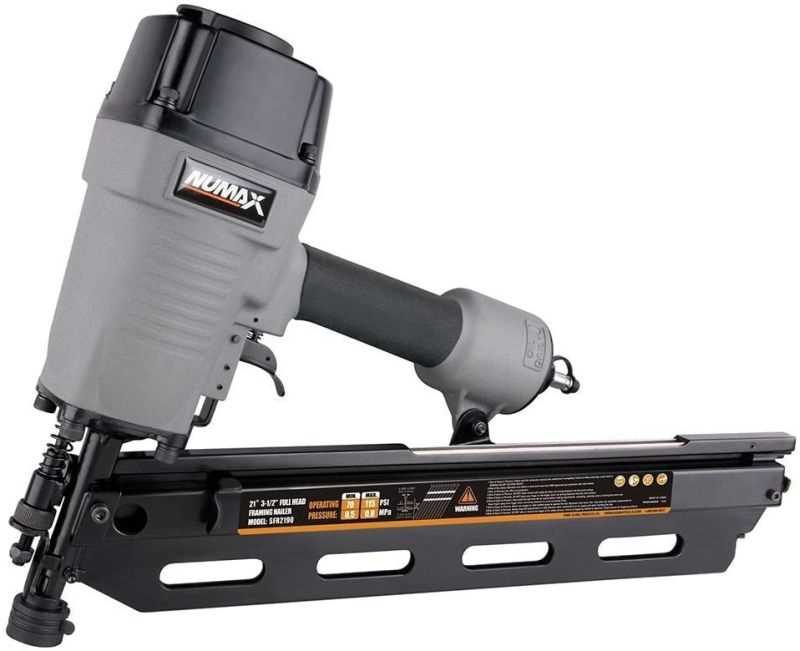
Nail gun gauge refers to the size or thickness of nails that a nail gun can accommodate. It is an indication of the nail’s diameter, with a lower gauge number indicating a thicker nail.
Common Nail Gun Gauges
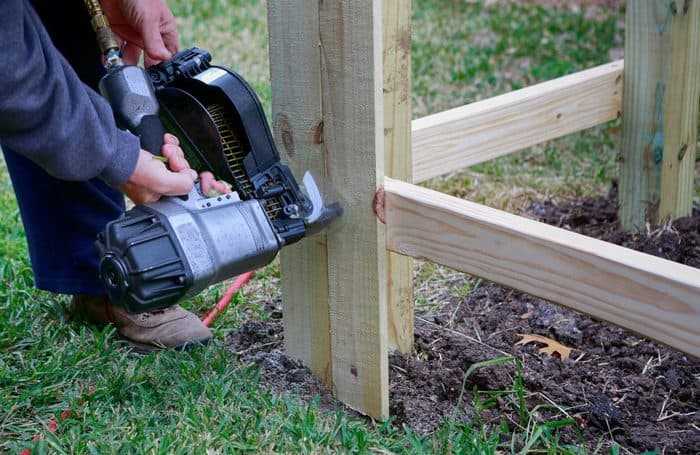
Nail guns typically come in different gauge sizes to accommodate various types of nails. The most common nail gun gauges for fencing projects are:
- 16 Gauge: This is the most versatile gauge for fencing projects. It can easily drive nails and provides good holding power. 16-gauge nails are commonly used for fence pickets and rails.
- 18 Gauge: This gauge is thinner than the 16-gauge and is commonly used for lighter fence materials, such as trim, molding, and thin pickets. 18-gauge nails are less likely to split the wood.
- 20 Gauge: The 20-gauge nails are very thin and suitable for delicate trim work, such as attaching lattice or decorative elements to the fence. They offer less holding power and are not recommended for structural components.
Factors to Consider
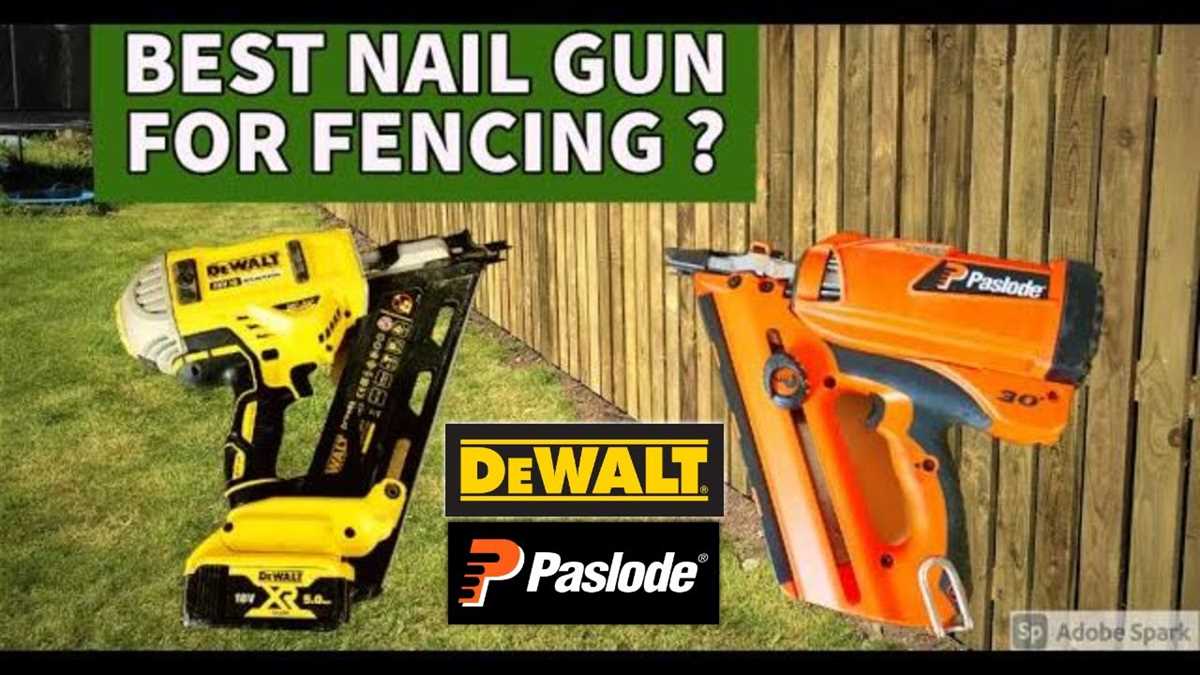
When choosing the right nail gun gauge for your fencing project, consider the following factors:
- Fence Material: Different fence materials require different nail sizes. Thicker materials may require a larger gauge to ensure proper holding power.
- Nail Length: The length of the nails you will be using is also important. Make sure the nail gun you choose can accommodate the length of nails required for your project.
- Personal Preference: Some contractors may have personal preferences based on their experience. If you have used a specific gauge in the past and had good results, you may want to stick to that gauge for consistency.
Conclusion
Understanding nail gun gauges is essential when choosing the right nail gun for your fencing project. Consider the fence material, nail length, and personal preferences to make an informed decision. Remember, the gauge determines the nail’s thickness, and different gauges have different applications. Choose the right gauge for a successful and durable fence installation.
Choosing the Right Nail Gun for the Fence Material
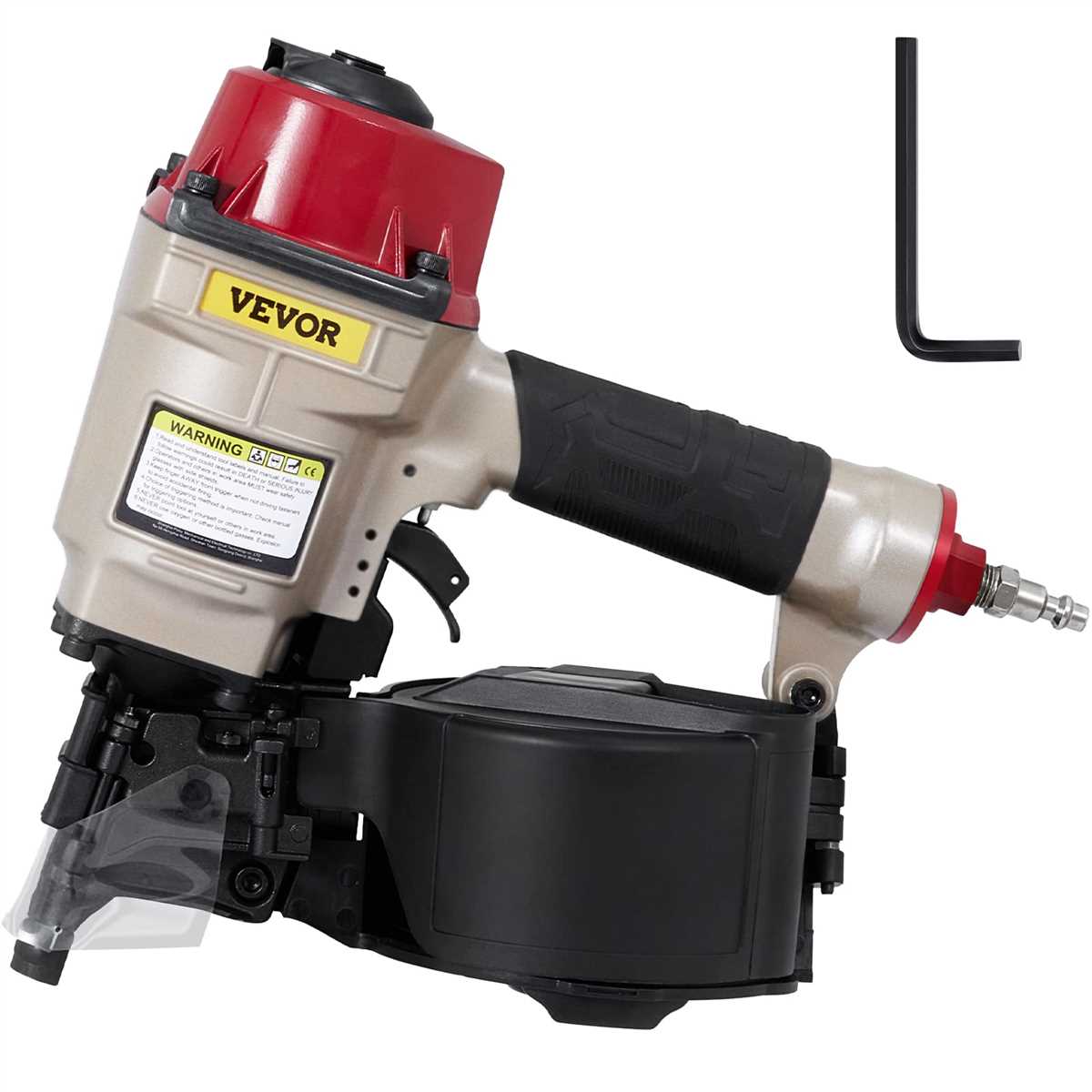
When it comes to choosing the right nail gun for your fencing project, one of the most important factors to consider is the type of fence material you will be working with. Different materials require different types of nail guns to ensure proper installation and long-lasting results. Here are some common fence materials and the nail guns that work best with them:
Wood Fences
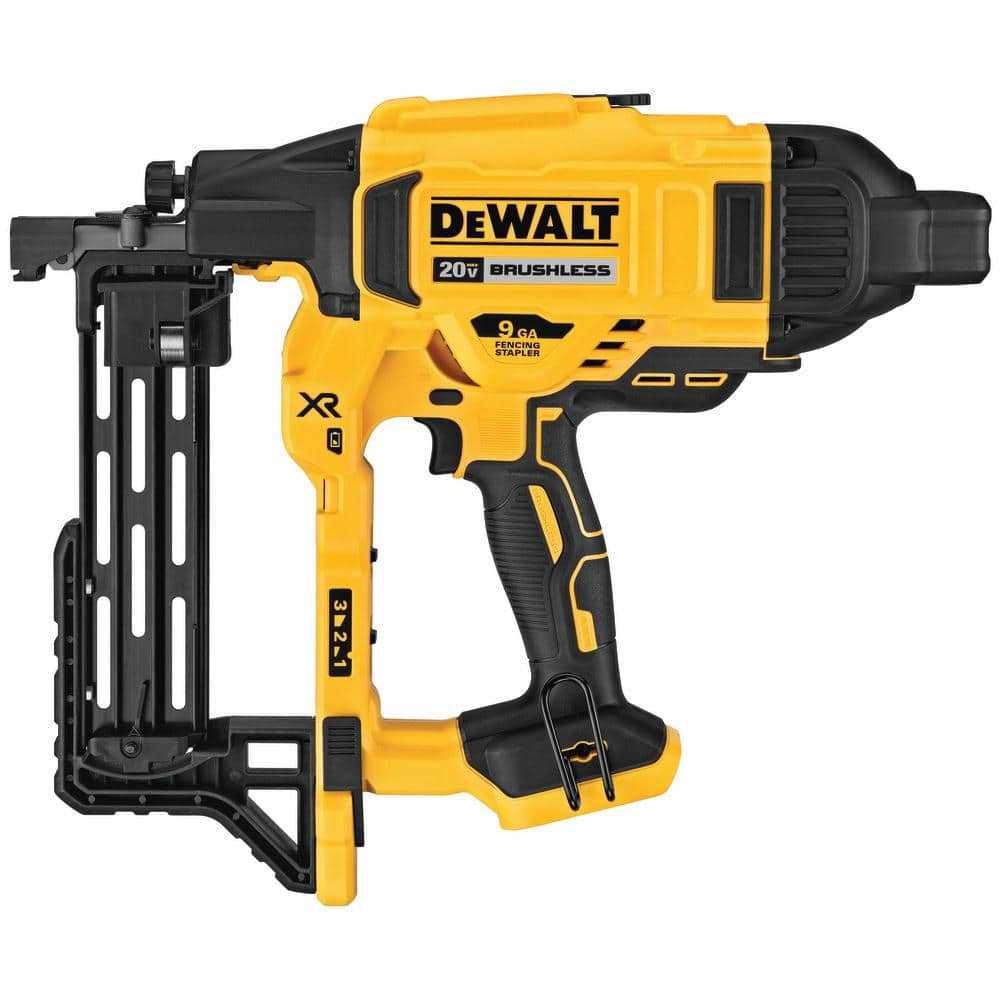
If you will be installing a wood fence, it is best to use a framing nail gun. This type of nail gun is designed to drive large nails into dense materials like wood. It provides enough power to securely fasten the wood pieces together and create a sturdy fence. Look for a framing nail gun with a collation angle of 21 degrees, as this angle is specifically designed for wood applications.
Vinyl Fences
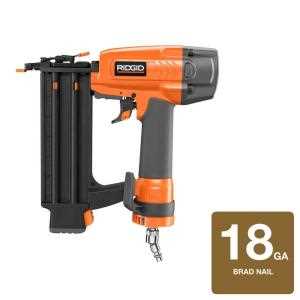
For vinyl fences, a brad nailer is usually the best choice. These nail guns are designed to shoot smaller nails, which are less likely to split or crack the vinyl material. A brad nailer also offers better control and precision, which is important when working with delicate vinyl panels. Look for a brad nailer with adjustable depth settings to ensure the nails are driven to the correct depth without damaging the vinyl.
Chain Link Fences
When installing a chain link fence, a staple gun is typically used to attach the fence fabric to the supporting posts or rails. A staple gun is designed to shoot staples, which provide a secure and reliable attachment for chain link fences. Look for a staple gun with a comfortable grip and adjustable power to ensure the staples are driven to the correct depth without damaging the fence fabric.
Metal Fences
If you will be working with metal fence materials, such as aluminum or wrought iron, a powder-actuated nail gun is the best choice. These nail guns use a controlled explosion to drive nails into metal surfaces. They are specifically designed for heavy-duty applications and can securely fasten metal fence components together. It is important to use a powder-actuated nail gun with the appropriate power level for the thickness of the metal you will be working with.
By choosing the right nail gun for your fence material, you can ensure a successful and durable fencing installation. Consider the type of material you will be working with and choose a nail gun that is specifically designed for that material. This will help you achieve professional and long-lasting results.
Safety Features to Consider when Buying a Nail Gun for Fencing
1. Trigger Safety
A nail gun with a trigger safety feature is essential to prevent accidental firing. Look for a nail gun that requires the trigger to be intentionally pulled or pressed against the work surface before nails are ejected. This helps prevent the gun from firing when not in use or when the user is not ready.
2. Depth Adjustment
Having the ability to adjust the depth of the nail can help prevent over-penetration or insufficient penetration. Look for a nail gun that offers a depth adjustment feature, allowing you to control how deep the nails are driven into the fencing material. This helps improve safety by preventing nails from going too deep and potentially causing damage or injury.
3. Anti-Dry Fire Mechanism
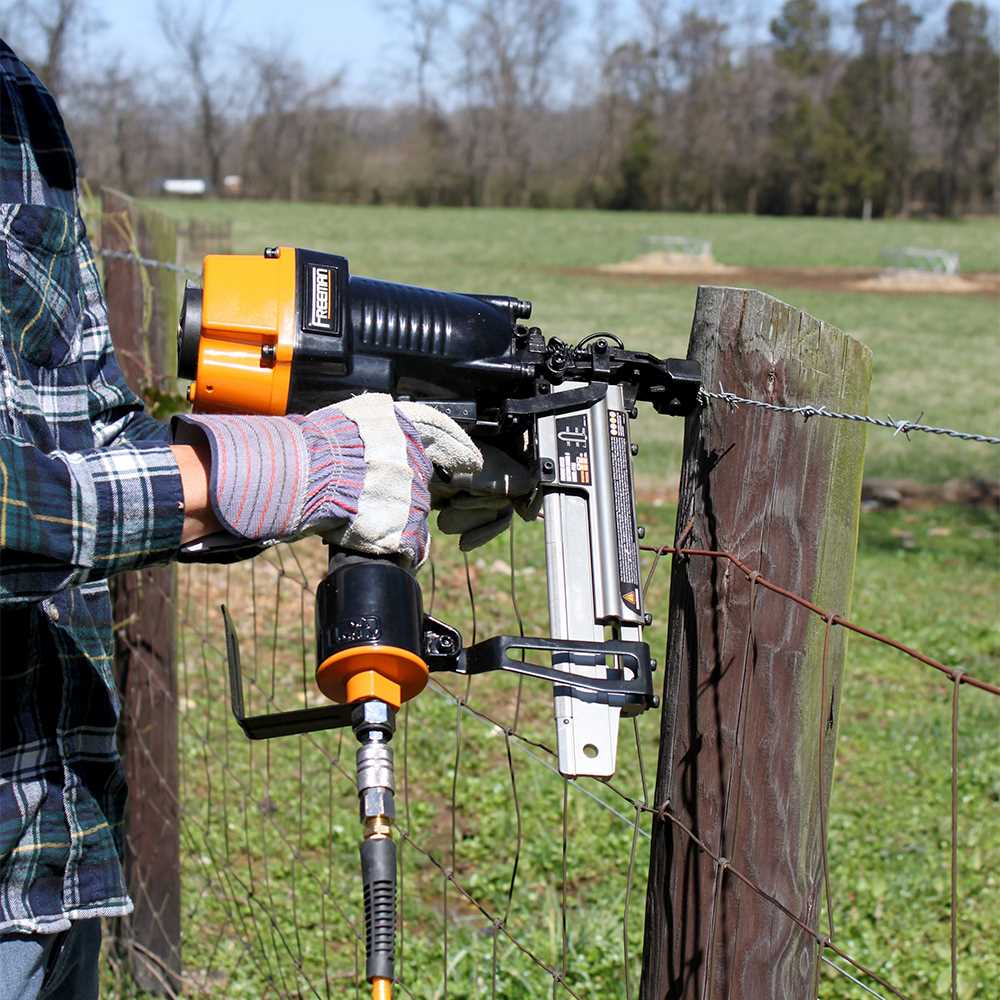
An anti-dry fire mechanism is an important safety feature that prevents the nail gun from firing when there are no nails in the magazine. This feature helps avoid accidental firing, as well as potential damage to the nail gun itself. Look for a nail gun with an anti-dry fire mechanism to ensure safe and reliable operation.
4. Jam Clearing
Jams can occur when using a nail gun, and it’s important to have a quick and easy way to clear them. Look for a nail gun with a jam clearing feature that allows you to easily access and remove jammed nails without having to disassemble the entire tool. This helps save time and ensures smooth operation, reducing the risk of accidents or injuries.
5. Sequential Firing Mode
A sequential firing mode is a safety feature that requires the user to release and re-engage the trigger for each individual nail. This helps prevent accidental or unintended firing, as the user has to intentionally press the trigger each time they want to shoot a nail. This mode offers better control and reduces the risk of unintentional firing.
6. Trigger Lock
A trigger lock is a useful safety feature that allows you to lock the trigger in place, preventing accidental firing. This is especially important when the nail gun is not in use or during transportation. Look for a nail gun with a trigger lock mechanism to ensure safe handling and storage.
7. Rubberized Grip
A nail gun with a rubberized grip can improve safety by providing better control and reducing hand fatigue. Look for a nail gun that has a comfortable and non-slip grip to ensure a secure hold during operation. This helps prevent accidents caused by the tool slipping out of the user’s hand.
8. Contact Safety Tip
A contact safety tip is a safety feature that requires the nail gun to be pressed against the work surface in order to fire a nail. This helps prevent accidental firing when the tip of the nail gun is not in contact with the material. Look for a nail gun with a contact safety tip to ensure safe and precise operation.
9. Trigger Size and Shape
The size and shape of the trigger can also affect safety. Look for a nail gun with a trigger that is comfortable to use and easy to operate. A larger trigger can provide better control, while a textured or contoured surface can improve grip and prevent accidental slips.
10. Safety Glasses
While not a feature of the nail gun itself, safety glasses are an important accessory to consider when buying a nail gun for fencing. Protecting your eyes from flying debris, such as wood chips or nail fragments, is critical for safety. Make sure to wear safety glasses whenever operating a nail gun.
When selecting a nail gun for fencing, consider these safety features to ensure a safer and more efficient working experience. Always follow the manufacturer’s instructions and practice proper safety precautions to minimize the risk of accidents or injuries.
Tips for Properly Using a Nail Gun for Fencing
1. Read the manual
Before using a nail gun for fencing, it is important to read and understand the manufacturer’s manual. This will provide you with important safety instructions and operating procedures specific to the nail gun model you are using. Following the instructions in the manual will help prevent accidents and ensure proper use of the tool.
2. Wear protective gear
When using a nail gun for fencing, it is crucial to wear the appropriate protective gear. This includes safety glasses to protect your eyes from flying debris, gloves to protect your hands, and ear protection to reduce the noise generated by the nail gun. Wearing protective gear will help prevent injuries and ensure your safety while working.
3. Use the right nails
It is important to use the right nails for your fencing project. Different types of nails are available for different materials and applications. Be sure to choose nails that are appropriate for the type of wood or material you are working with and the specific fence design you are building. Using the right nails will ensure proper fastening and a strong fence.
4. Check the nail gun before use
Before using the nail gun, always check it for any signs of damage or wear. Inspect the tool for loose or missing parts, and make sure all the safety features are working properly. If you notice any issues, do not use the nail gun and have it repaired or replaced as necessary. Using a faulty nail gun can be dangerous and lead to accidents.
5. Practice proper technique
When using a nail gun for fencing, it is important to practice proper technique. Hold the nail gun with a firm grip and maintain control over the tool at all times. Make sure to position the nail gun correctly before firing, and keep your fingers away from the trigger when not in use. Follow a consistent and steady motion when driving the nails into the wood to ensure accurate and secure fastening.
6. Be mindful of your surroundings
Always be aware of your surroundings when using a nail gun for fencing. Make sure there are no people or animals in the work area before firing the nail gun. Avoid using the nail gun in crowded or confined spaces where there is a risk of accidentally hitting someone or damaging property. Being mindful of your surroundings will help prevent accidents and ensure the safety of yourself and others.
7. Disconnect the power source when not in use
When you are done using the nail gun for fencing, always disconnect it from the power source or remove the battery. This will prevent accidental firing and reduce the risk of injuries. Additionally, store the nail gun in a safe and secure place where it is out of reach of unauthorized users, especially children.
By following these tips, you can ensure the proper and safe use of a nail gun for fencing. Remember to always prioritize safety and take the necessary precautions when working with power tools.
FAQ
What is the importance of choosing the right nail gun for fencing?
Choosing the right nail gun for fencing is important because it will ensure that the job is done efficiently and effectively. Using the wrong nail gun can result in nails not being securely fastened, leading to a weak fence that may not withstand different weather conditions or wear and tear. Additionally, using a nail gun that is not suitable for fencing can be dangerous and lead to accidents or injuries.
What are the factors to consider when choosing a nail gun for fencing?
There are several factors to consider when choosing a nail gun for fencing. Firstly, you need to consider the type of fencing you will be working on, as different nail guns are designed for different types of materials. Secondly, the power source of the nail gun is important to consider, whether it is pneumatic, electric or gas-powered. Thirdly, the weight and ergonomics of the nail gun should be taken into account, as a heavy and uncomfortable nail gun can make the job more difficult. Finally, the price and availability of replacement parts and nails for the specific nail gun should be considered.
Which type of nail gun is suitable for wooden fences?
For wooden fences, a framing nail gun or a finish nail gun is usually suitable. Framing nail guns are designed for heavy-duty applications and can handle thicker and longer nails, making them ideal for constructing the framework of a wooden fence. Finish nail guns, on the other hand, are designed for more precise and delicate work, making them suitable for attaching pickets or trim to a wooden fence. Both types of nail guns have their advantages, so the choice ultimately depends on the specific needs of the project.
Are there any safety precautions to take when using a nail gun for fencing?
Yes, there are several safety precautions to take when using a nail gun for fencing. Firstly, always wear appropriate safety gear, including safety glasses and ear protection. Secondly, ensure that the nail gun is unplugged or the air supply is turned off when not in use to prevent accidental firing. Thirdly, keep your fingers away from the trigger and never point the nail gun at yourself or others. Additionally, make sure to follow the manufacturer’s instructions and guidelines for operating the specific nail gun model. Lastly, always be aware of your surroundings and make sure there are no obstructions or people in the line of fire when using the nail gun.
Video











